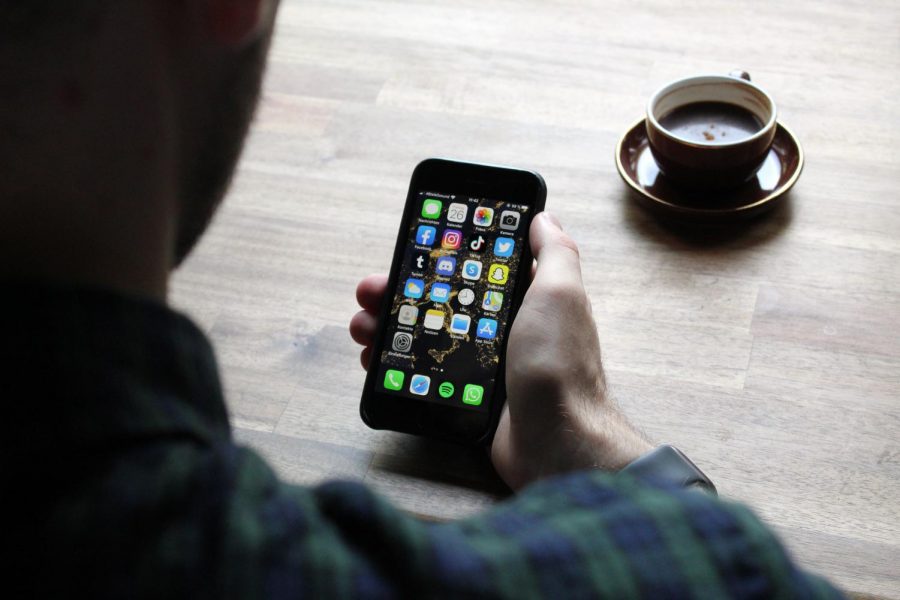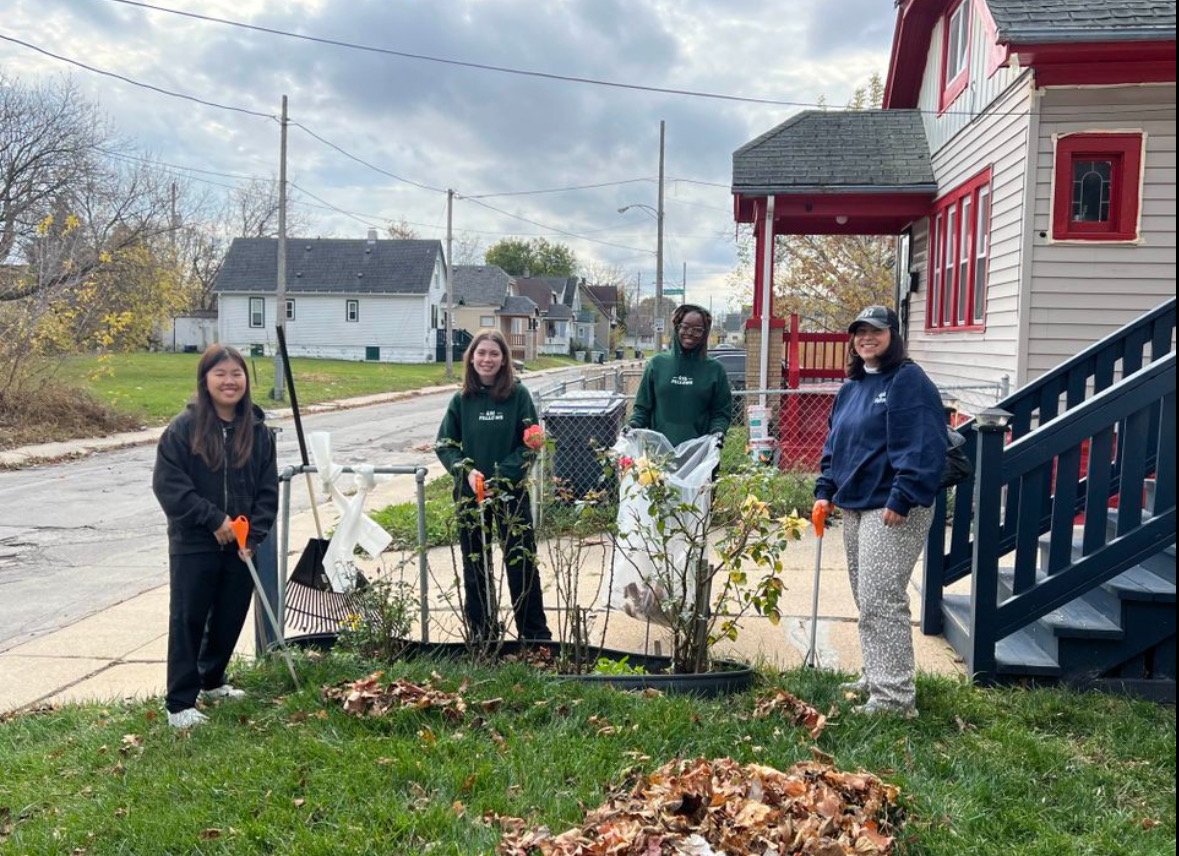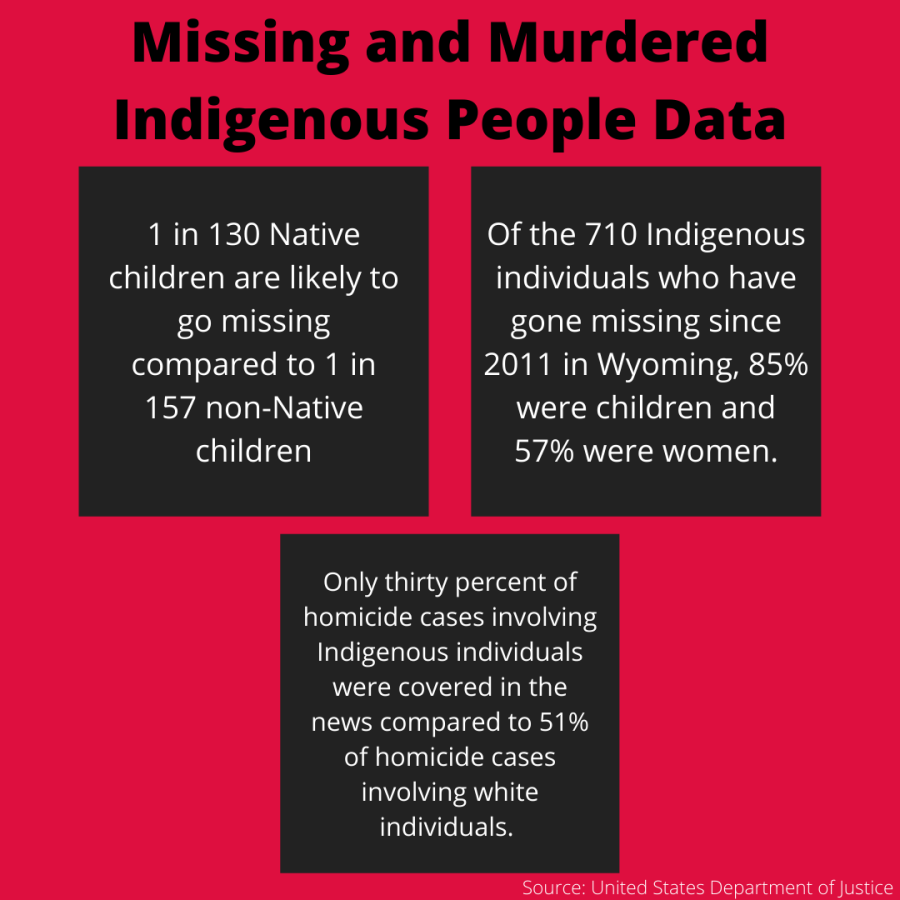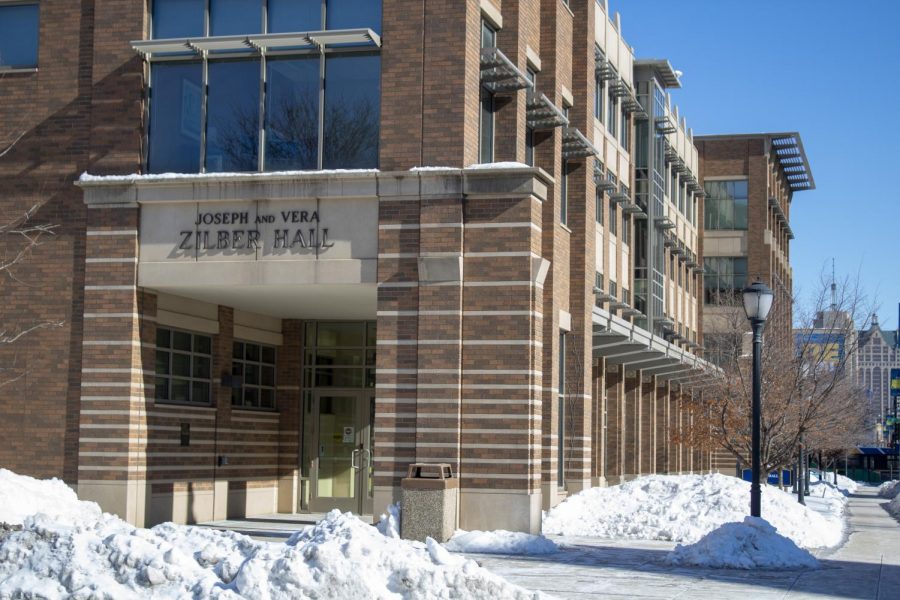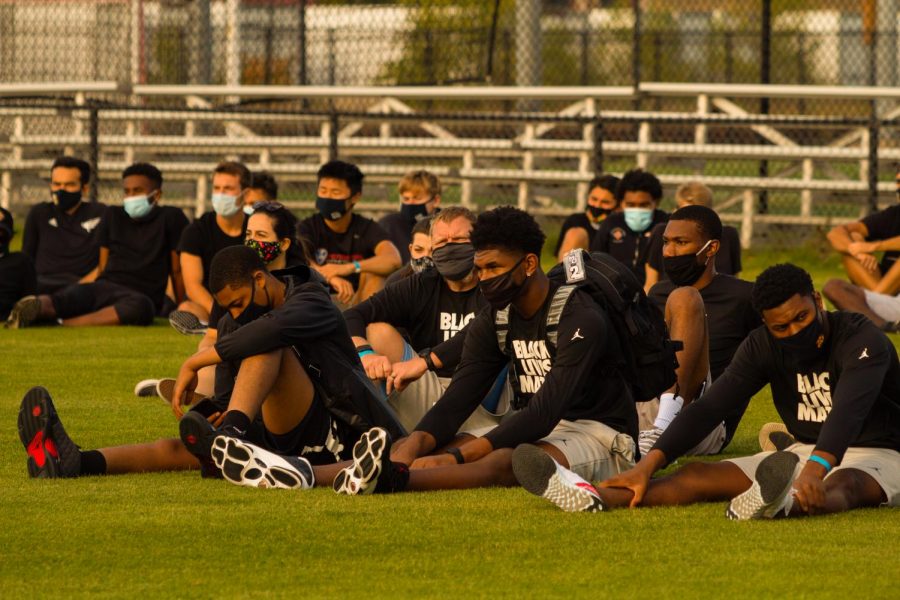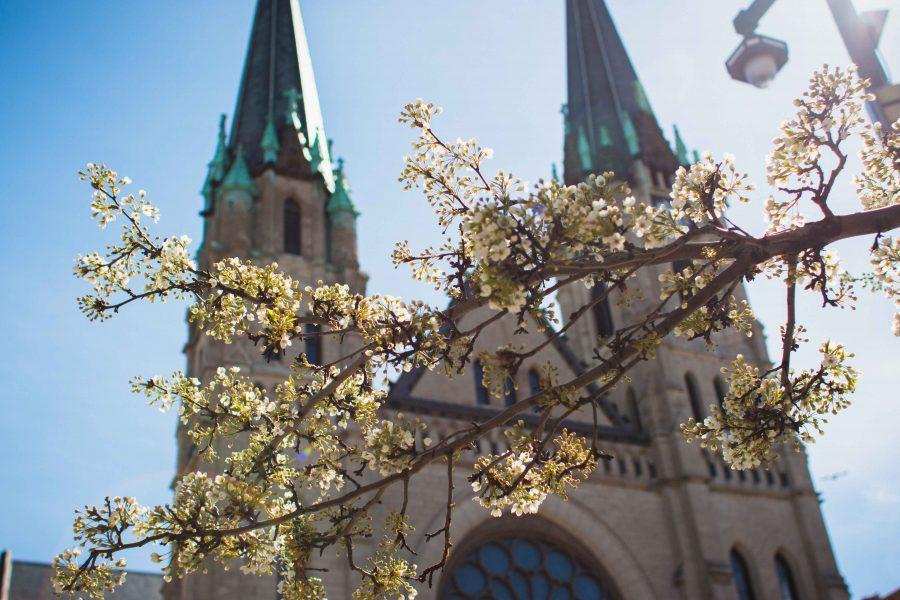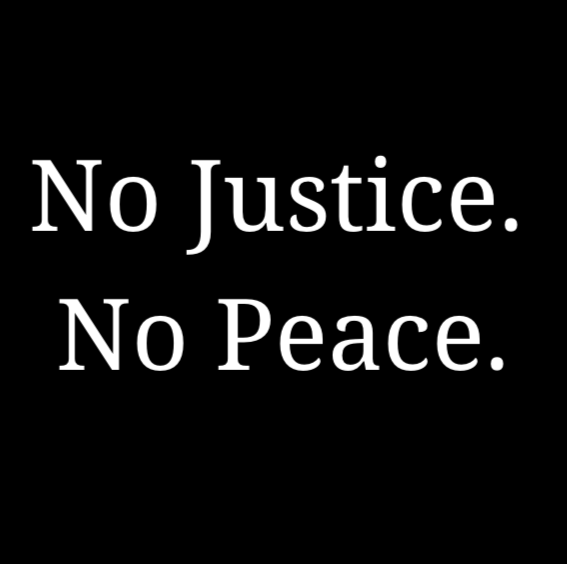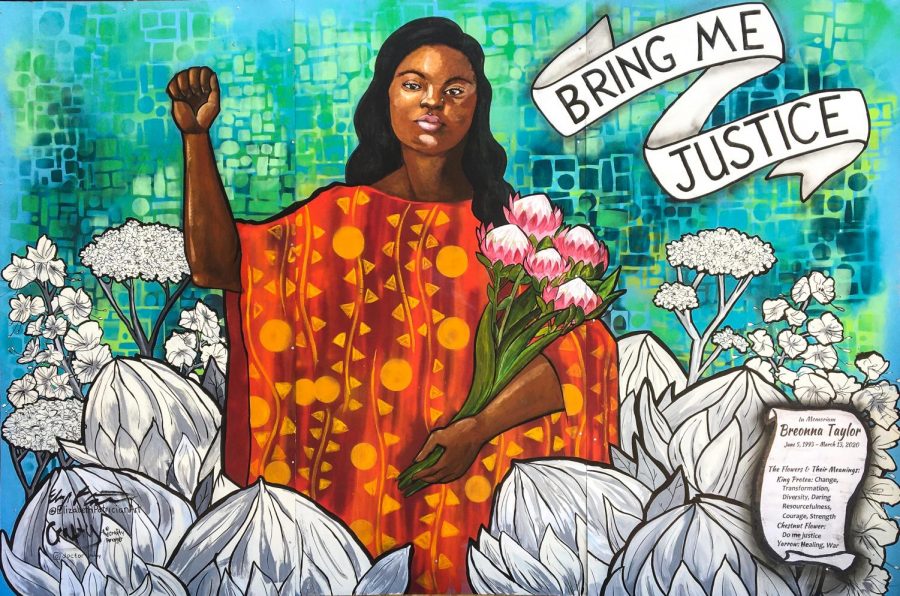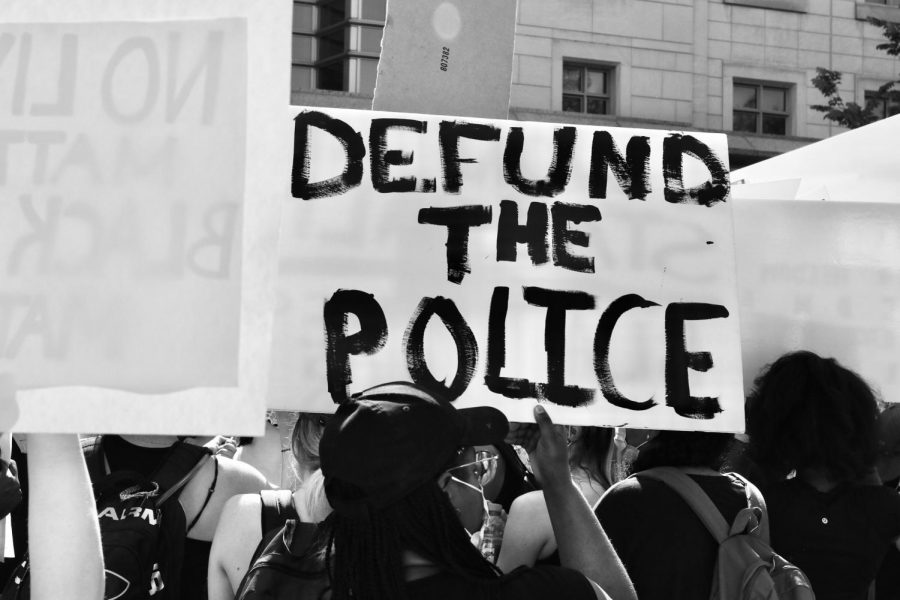Performative activism is a hindrance to social justice movements and yet it is becoming increasingly popular on social media. If real social change is to occur, we must move past this type of activism and instead devote time and resources to helping oppressed groups.
According to Elle, performative activism is “the practice of words, posts and gestures that do more to promote an individual’s own virtuous moral compass than actually helping the causes that they’re intending to showcase.” It’s done purely for personal gain, and it often unintentionally silences actual activists seeking to spread information and awareness.
As the Black Lives Matter movement recently gained momentum after the injustices committed against many Black lives this year and all the years before, social media became a way for everyday citizens to spread the movement. Infographics with police brutality statistics and headlines with the latest updates on BLM news were reposted and re-shared everywhere online.
However, with helpful information also came posts and captions with no substance, such as memes with popular culture characters with “ACAB,” which means “All Cops Are Bastards,” written above them, or a black square on someone’s feed with “#BlackLivesMatter” for Blackout Tuesday.
Blackout Tuesday was originally meant to be a day to uplift Black creators and show solidarity with BLM. Unfortunately, the perhaps well-intentioned nature of Blackout Tuesday backfired, as posts with helpful information in BLM tags got silenced in favor of black squares with millions of likes. Because black squares were getting the most likes, posts with information about petitions or donation links were pushed down in users’ algorithms as well.
While people who post a black square or “Hello Kitty says ACAB” meme might have good intentions, the extent of their activism seems to start and end with social media. While this phenomenon may seem harmless, it actually devalues social justice movements in a number of ways.
Occurrences such as Blackout Tuesday can turn activism into a trend rather than a movement. It was the least someone could do during that time to fight against racial injustice. Although it spread awareness of the movement, it did not provide people with information to further their understanding of the movement.
It shifted the conversation from how we can uplift Black voices and eliminate oppressive systems to a competition in “wokeness.” It became more important to be known as not racist rather than be actively anti-racist.
When activism became a trend and a competition, people eventually got bored of it. I’ve even begun to equate the amount of activism-related posts on my feed to how many people care about the movement.
In many cases, instances of deadly police brutality against Black lives have not been met with justice. The officers who killed Breonna Taylor in her Louisville apartment have not been charged with her murder, yet every day I see fewer and fewer people demanding justice for her online.
In very recent news, Indigenous People’s Day was Oct. 12. Many Indigenous creators called for a blackout that day as well, asking for non-Indigenous people to refrain from posting to uplift their voices. Yet, I barely saw anyone do so. The way it differed from Blackout Tuesday was that it called for non-Indigenous people to not post anything — no performative virtue signaling and no black squares hogging up hashtag space.
The issue is that self-proclaimed allies know how to do everything besides listen. When engaging in activism as an ally, one must actually understand what that group is asking of them and follow through with it.
According to Black Lives Matter’s website, the organization is asking people to donate, sign petitions, vote and protest if possible. These are all things allies can do without logging onto Instagram or Twitter.
What people do outside of social media has the biggest impact. Spreading information and news is incredibly important, but posts without substance do absolutely nothing but water down movements. Donating to organizations or calling out oppression in real life is far more effective than putting “ACAB” in one’s bio.
Another way to help movements is not only to externally fight injustice, but to confront one’s internal biases. Journaling about one’s experiences or reading important texts from activists are great ways to begin unlearning racism and other biases. Harvard even offers many implicit bias tests which can help people take the first important step of becoming aware. Although implicit bias tests may have their flaws, they can be a good place to start.
Doing your part humbly, without need for recognition, allows for oppressed voices to be heard. The information, emotion and calls to action these voices share can only be effective if allies are willing to step aside and listen.
A few BLM organizations to get involved with are Color of Change, the NAACP Legal Defense and Education Fund and the Black Alliance for Just Immigration.
A few other social justice organizations include Native American Rights Fund, which provides legal assistance to indigenous tribes, the Okra Project, which brings food and other resources to Black trans people in need, and the LGBTQ Freedom Fund, which raises money for the bail of LGBTQ people, who are three times more likely to be jailed compared to non LGBTQ people.
This story was written by Jenna Koch. She can be reached at jenna.koch@marquette.edu

